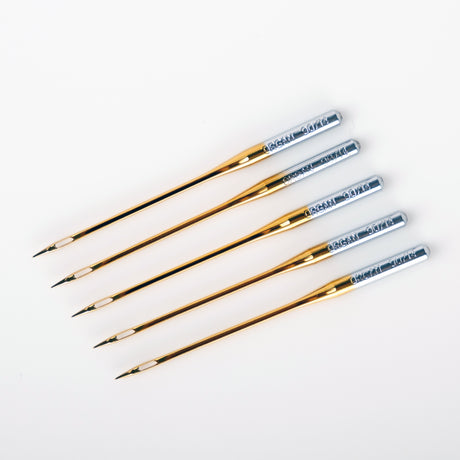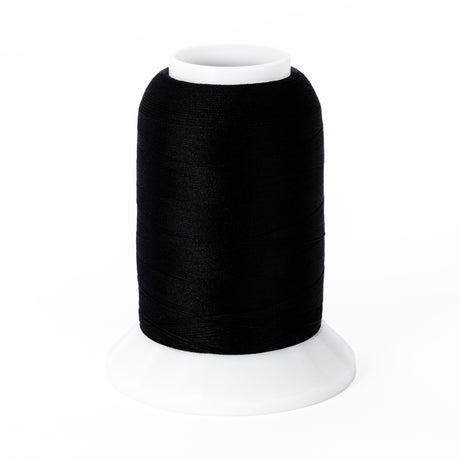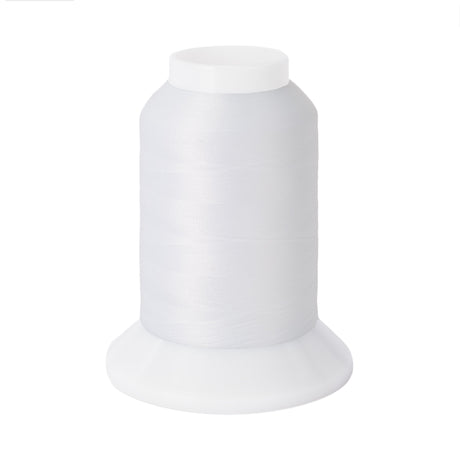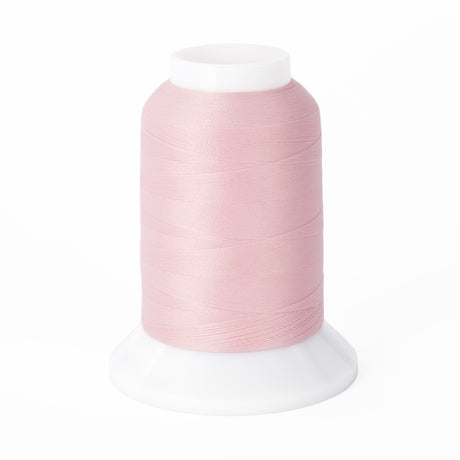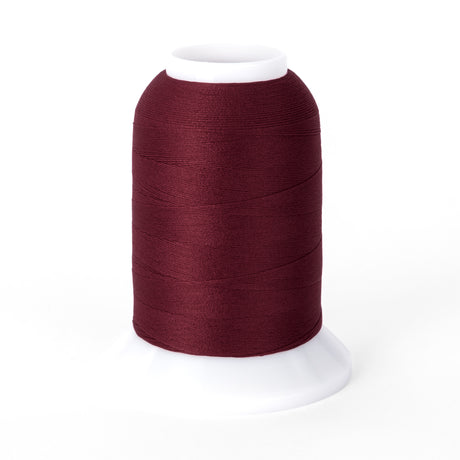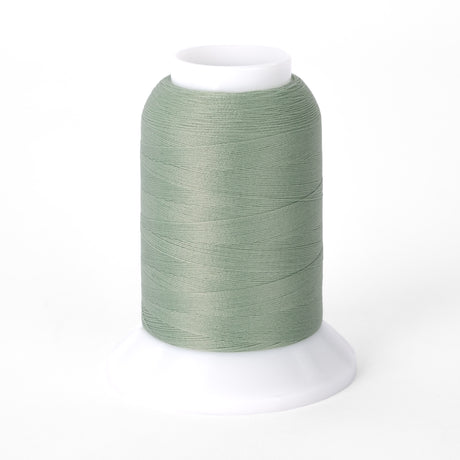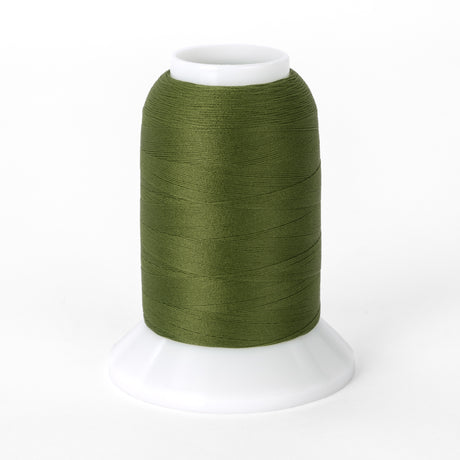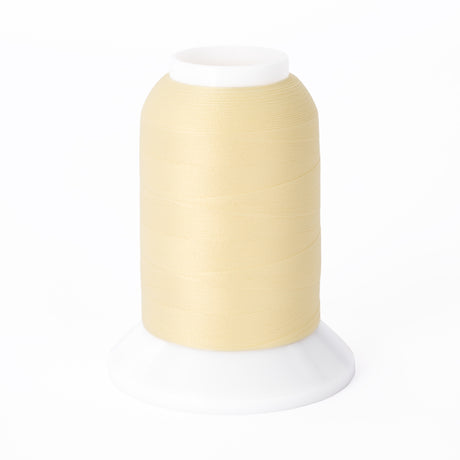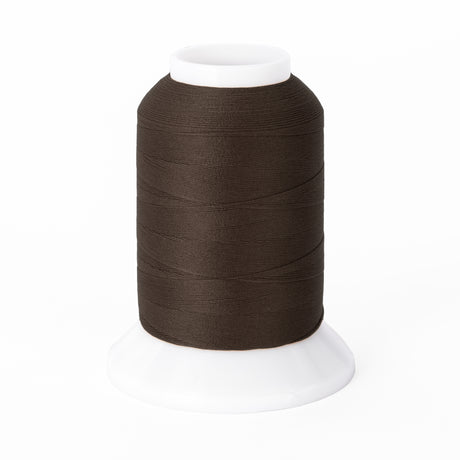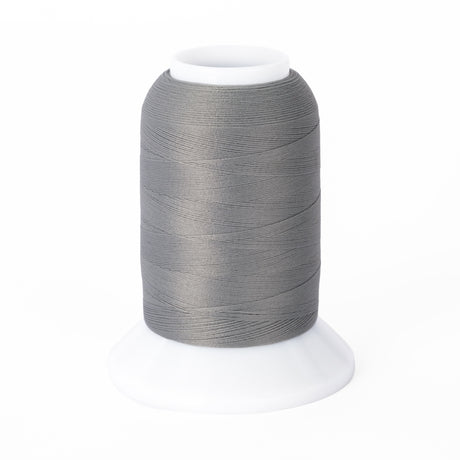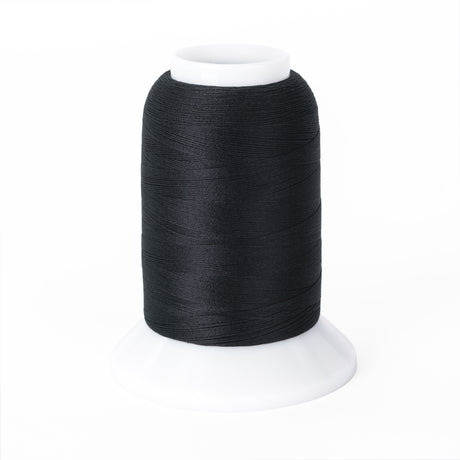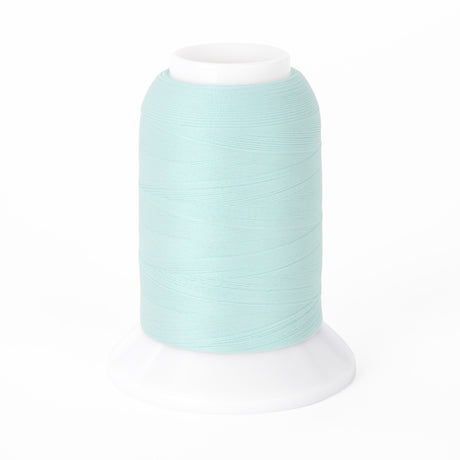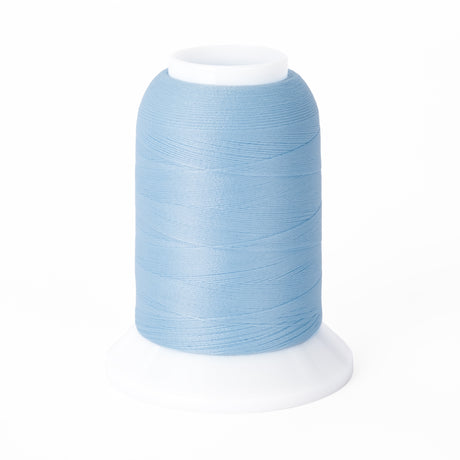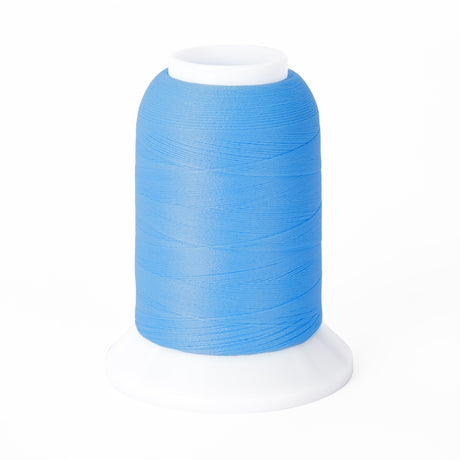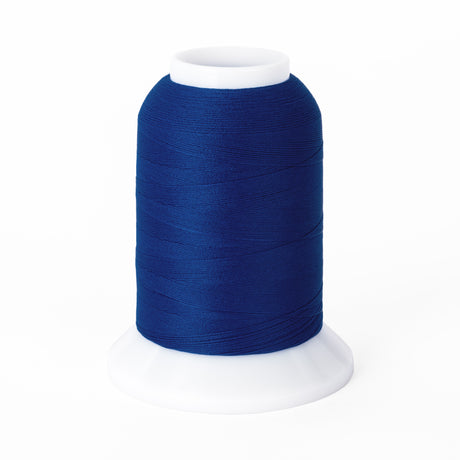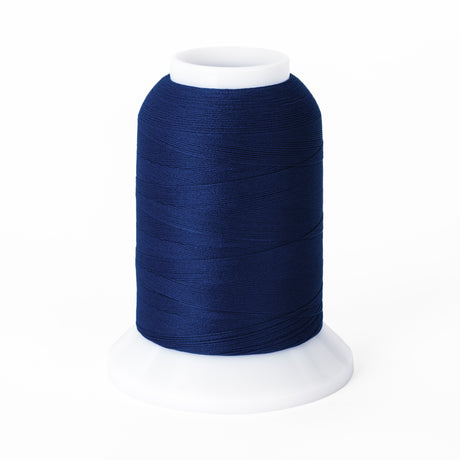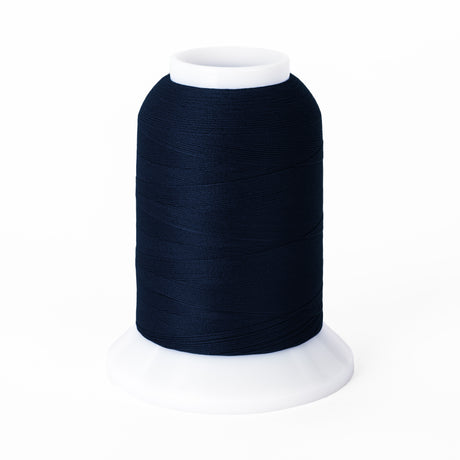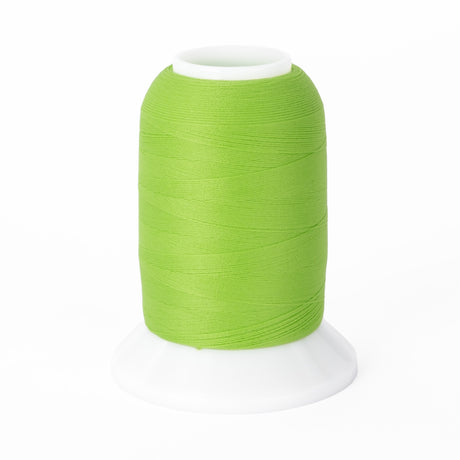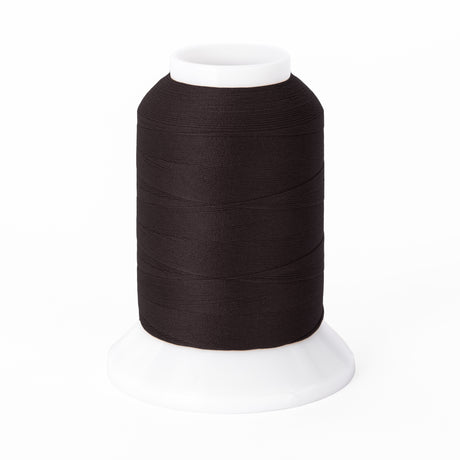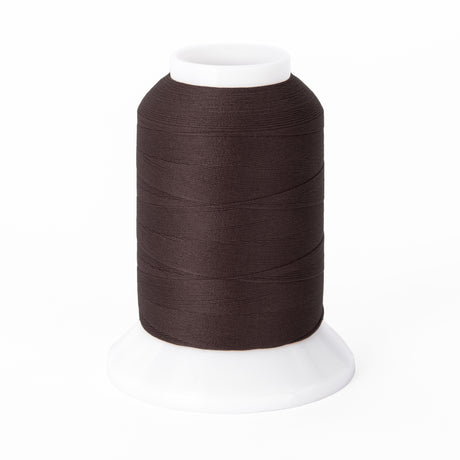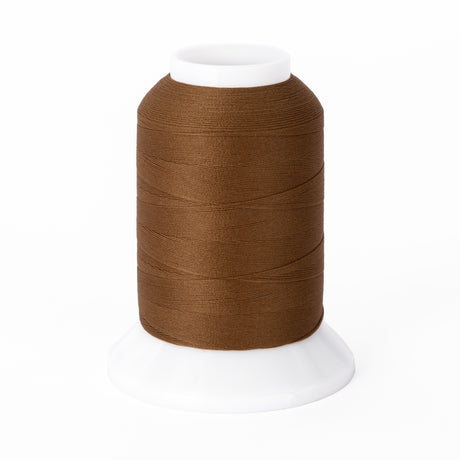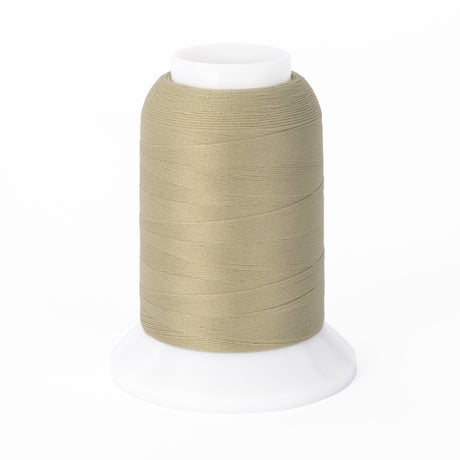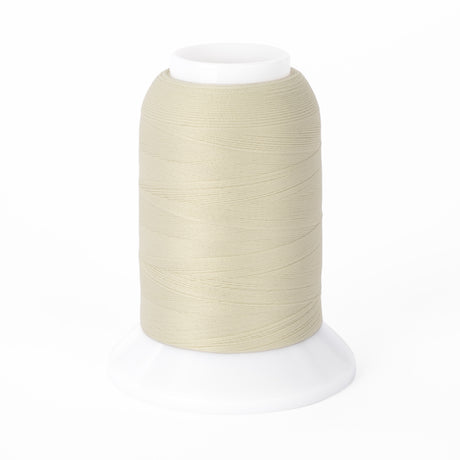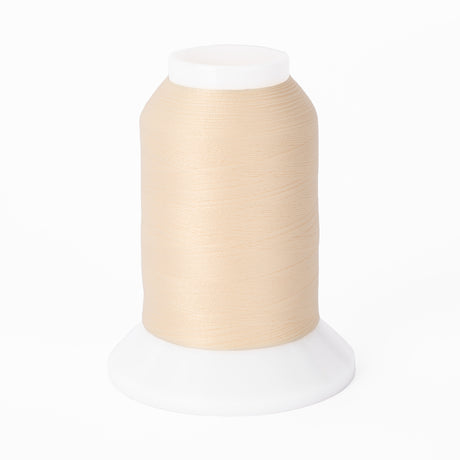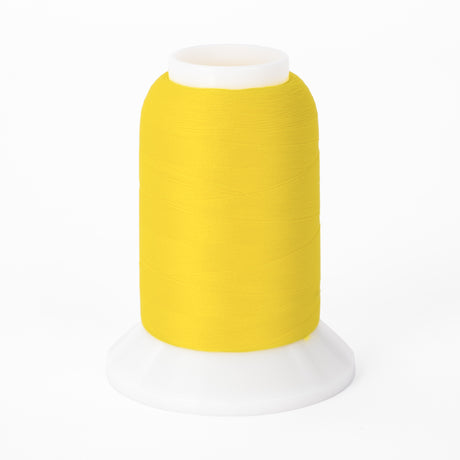Woolly Nylon - Frequently Asked Questions
What makes Woolly Nylon different from regular sewing or serger thread?
What makes Woolly Nylon different from regular sewing or serger thread?
Woolly Nylon is a textured thread made from continuous nylon filaments that are crimped and heat-set to create a soft, stretchy, and fluffy feel. Unlike traditional threads that are spun or twisted tightly together, Woolly Nylon is designed to expand and move with your fabric. That means when you use it in the looper of your serger, it provides beautiful coverage, a gentle finish, and plenty of stretch, making it perfect for garments, activewear, or any item that needs to flex and feel soft against the skin.
What are your tips for threading Woolly Nylon in my serger?
What are your tips for threading Woolly Nylon in my serger?
Threading Woolly Nylon through your serger’s loopers requires a little extra care, but it’s simpler than it sounds. The most common method is the tie-off technique: cut your current looper threads, tie on the Woolly Nylon, and gently pull it through the thread path. Just before the knot reaches the looper eye, snip it and thread the last few inches by hand. Because Woolly Nylon is soft and textured, this method helps prevent tangles, allowing you to sew faster without frustration.
If you’re threading from scratch, the steps will differ depending on your machine. On an air-threading serger, cut the thread at a sharp angle and avoid stretching the end so it feeds through more easily. If it doesn’t catch, use a smooth thread first, then tie on the Woolly Nylon and pull it through. For manual threading, stiffen the tip with a drop of water and guide it slowly through each looper path. Just remember, Woolly Nylon is meant for the loopers only, not the needles. A little patience upfront leads to soft, stretchy hems and strong seams that look and feel just right.
How do I use Woolly Nylon as a decorative serger thread for rolled hems?
How do I use Woolly Nylon as a decorative serger thread for rolled hems?
Sewists love using Woolly Nylon for creating soft, full rolled hems that stand out. When used in the upper looper of your serger, it expands to fill the edge, giving your hems a beautifully finished look with added texture and color. It’s especially favored for projects like napkins, children’s clothes, activewear, or whenever you want the edge to shine. With over 60 colors available, you can match or contrast your fabric to create a clean edge or a bold, decorative accent that makes your work look polished and personal.
What makes Woolly Nylon a great thread choice for sewing garments?
What makes Woolly Nylon a great thread choice for sewing garments?
Woolly Nylon has excellent stretch and recovery, making it perfect for garments that need to move with the body. Its soft, textured finish creates smooth seams that feel gentle against the skin, which is especially useful for activewear, loungewear, children's clothing, and lingerie. Because the thread expands as you sew, it won’t pop or cause tension in the seam, even on tight-fitting knits.
It also offers beautiful coverage, completely wrapping edges when used in the loopers of a serger or coverstitch machine. This not only gives garments a clean, professional appearance but also helps them endure frequent wear and washing. Woolly Nylon is both durable and flexible, making it a dependable choice for projects where comfort and performance are crucial.
How are textured threads, like Woolly Nylon, made?
How are textured threads, like Woolly Nylon, made?
Woolly Nylon is made from continuous filament nylon that goes through a texturizing process, where the filaments are mechanically crimped and heat-set to add bulk, elasticity, and softness. This process changes the filament's structure to give it a stretchy, fluffy texture that expands (stretches) during use, making it ideal as a looper thread in serger and overlock machines.
In contrast, spun polyester thread is made by cutting polyester filaments into short staples (approximately 1" in length), which are spun and twisted into yarn. The resulting thread resembles cotton, with a matte finish but with reduced elasticity and stretch. Spun polyester threads offer strength and durability but lack the stretch and softness of Woolly Nylon's texturized structure.
